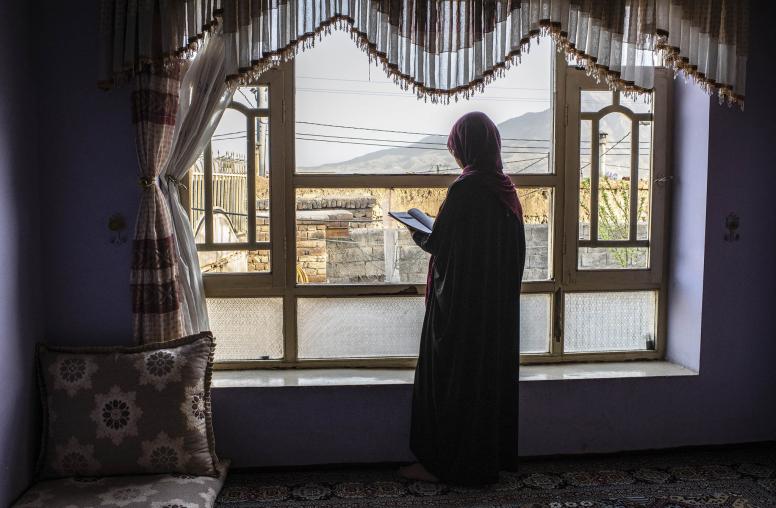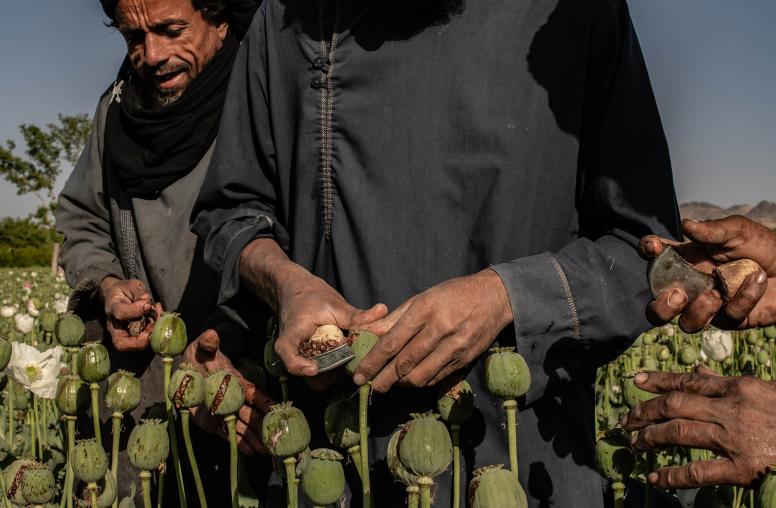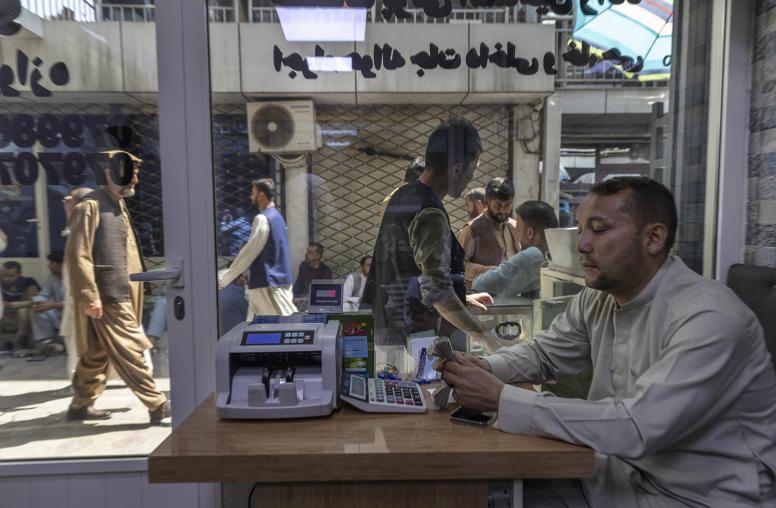When Gulbuddin Hekmatyar returned to Kabul on May 9 after two decades in hiding, the former warlord received a hero’s welcome by authorities who had struck the peace deal that ushered him back. His convoy was escorted by helicopters and armed police. His supporters gleefully marched through the streets of the Afghan capital and drove pickup trucks showing off their machine guns and grenade launchers. In the presidential palace, a red carpet was rolled out for Hekmatyar, along with other former mujahedeen leaders accused of war crimes.

But the warm embrace by government officials does not necessarily extend to the people of Kabul. Many remember the havoc, bloodshed and devastation Hekmatyar inflicted on the city during the inter-factional fight for control of Kabul among militant groups in the 1990s.
Hekmatyar has factional supporters, and indeed many other mujahedeen warlords have much blood on their hands and have avoided any accountability. But to many Afghans, Hekmatyar remains a particularly notorious warlord who assassinated hundreds if not thousands of intellectuals in Afghanistan and Pakistan during that time. His militia, Hezb-e-Islami, which is being normalized today as a political party, was responsible for such atrocities as throwing acid at educated Afghan refugee women and raining rockets down on Kabul, killing thousands of people and internally displacing many more.
Kabul residents remember Hekmatyar’s group blocking the supply road to the capital city, forcing women and young children to walk for miles just to buy a sack of flour or cooking oil. Many men who tried to make the journey on foot through Hezb-e-Islami’s stronghold in the Char-Asyab district, approximately eight miles south of Kabul, never made it back alive.
But now the Afghan government’s peace deal with Hekmatyar, in which he renounced violence and pledged to abide by the country’s constitution, is being hailed as a historic achievement by local authorities and foreign diplomats. As recently as 2003, the U.S. State Department listed him as a terrorist, accusing Hekmatyar of participating in and supporting attacks by al-Qaida and the Taliban.
To reach the deal, Hekmatyar’s name was taken off the United Nations terrorist list. He and his men are getting free accommodation and security in Kabul. But instead of expressing remorse for his crimes against civilians, or asking forgiveness, Hekmatyar is urging people to forget the past.
Is that even possible? Would an effort by Afghans to simply erase Hekmatyar’s war crimes from their memories bring the necessary closure to allow the fragile country to develop long-term democratic institutions?
Hardly. Unless past crimes are addressed in a fair manner in accordance with Afghanistan’s laws and the country’s obligations under international treaties, the future cannot be stable and the violence will spill into future generations. Research by the Afghan Independent Human Rights Commission as well as international human rights bodies has uncovered ample evidence of atrocities on all sides of the conflict that victims want addressed.
That’s why an Afghan citizens’ group recently sent a petition to the U.N. Assistance Mission in Afghanistan (UNAMA) requesting justice for the victims of crimes allegedly committed by Hekmatyar and his group.
In response, the head of UNAMA said, “Afghan citizens and others who have been victims of atrocities must not be deprived of their right to judicial redress.”
Any attempt by the Afghan government or the international community to strike a peace deal with those responsible for war crimes must ensure accountability and justice.
Put simply, there is no peace without justice.



